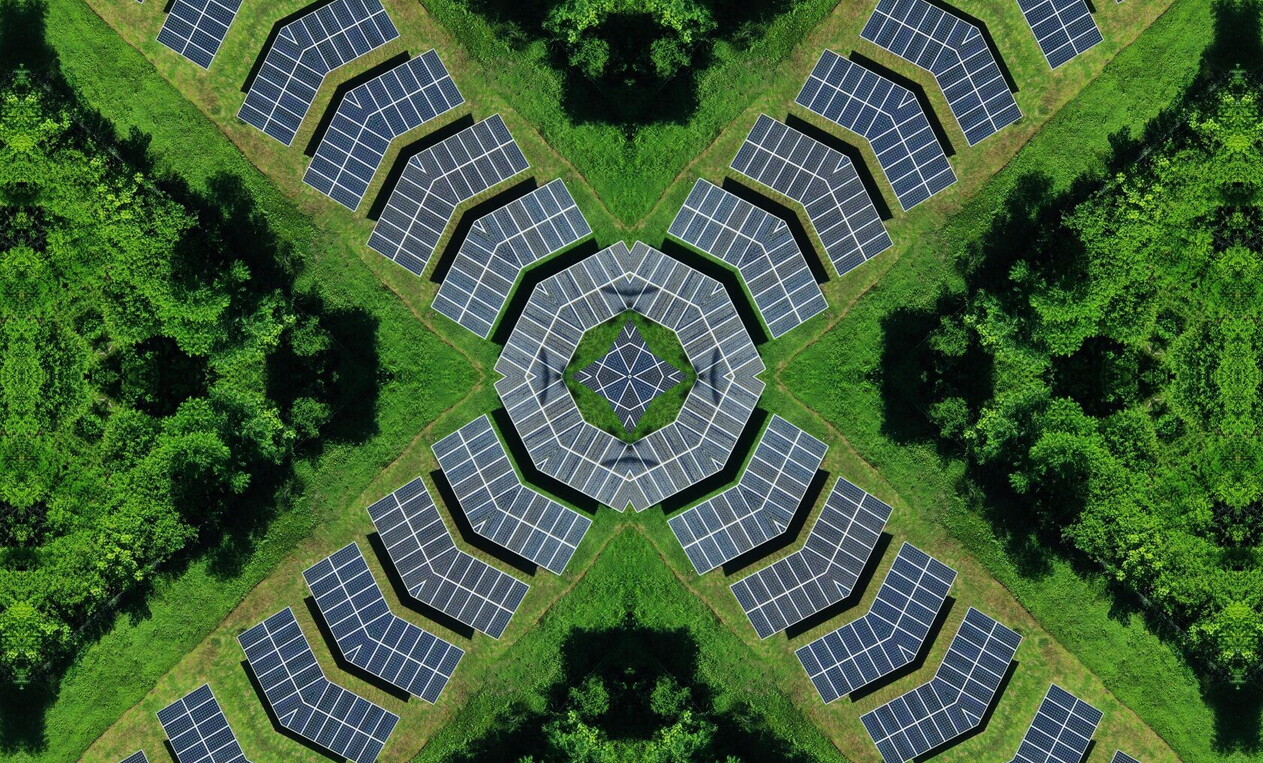
Electrical interconnections
The dream of a single energy market
ASEAN aims to build an integrated energy market to ensure secure and affordable supplies. For now, however, bilateral exchanges prevail: the only operational multilateral connection links Laos, Thailand, Malaysia and Singapore
7 minA
SEAN could soon emerge as a growth hotspot for a dynamic and profitable electricity market. Traders are eyeing Australia and Japan as key entry points into Asia’s power sector, both of which already have mature, liberalized markets with expanding derivatives contracts. Within ASEAN, the Philippines and Singapore provide natural gateways thanks to their openness and plans to import clean power, while Vietnam is edging toward liberalization with ambitious green-energy additions. As regional integration advances, the bloc could build enough momentum to draw deeper participation from global power-market players.
Grids and interconnections
Regional cooperation in Southeast Asia remains uneven, especially when it comes to cross-border power links. A handful of initiatives for bilateral and multilateral electricity trade are underway, but progress has been limited. Of 18 planned interconnections in the ASEAN region, only eight have been completed, totaling 7.7 GW of cross-border transmission capacity.

Most interconnections are driven by bilateral power deals structured through long-term purchase agreements. ASEAN countries do trade electricity across borders, but the volumes remain modest. The region generates roughly 1,053 TWh annually, of which only 36 TWh is traded. These flows are largely bilateral and one-way, with one country acting as exporter and the other as importer.
Singapore is expected to take the lead in advancing regional interconnectivity. With limited space for domestic renewables, it must rely on neighboring countries for supply. At the other end of the spectrum, Laos stands as the region’s largest electricity exporter under the current bilateral trading system.
Following the multilateral interconnection of Laos, Thailand, Malaysia, and Singapore under the ASEAN Power Grid (APG), the Enhanced Memorandum of Understanding is expected to commence after October this year. This step is likely to advance the APG agenda and push regional integration forward.
Shared resources through regional interconnection can reduce redundant generation capacity and enable greater use of renewables by balancing supply and demand across borders.
Renewables potential
For instance, in Peninsular Malaysia and Singapore, solar capacity factors average about 20 percento from January to April, while in Indonesia, wind capacity factors climb as high as 30 percento between May and October. This seasonal complementarity creates a natural balance between supply and demand, highlighting the value of regional interconnection projects. It also expands clean energy use and fosters mutually beneficial ties among countries with diverse market opportunities and renewable potential.

Due to their different daily patterns, solar and wind generation are naturally complementary to each other. Solar output peaks around midday and declines as sunset approaches, while in many regions wind speed tends to increase in the evening and at night, helping to balance the decline in solar generation.
Moreover, investors can compare Levelized Cost of Electricity (LCOE) prices to plan projects more efficiently. Solar and wind are the cheapest options in several ASEAN countries, while bioenergy remains the most expensive. In Indonesia, Malaysia, and Thailand, bioenergy’s LCOE ranges from $59–98 per MWh—higher than coal at around $60 per MWh and gas at $42–43 per MWh in Malaysia, Singapore, and Thailand. By contrast, hydro is the lowest-cost option in Laos at about $25 per MWh, while solar averages $44–50 per MWh in Vietnam and Thailand, and wind ranges from $43–73 per MWh in the Philippines, Thailand, and Vietnam.
Regional power interconnection brings wide-ranging benefits, from advancing the clean energy transition to bolstering energy security and financing. By diversifying power sources, countries can reduce dependence on fossil fuels while lowering the risks of stranded assets and price volatility.
The need for soft infrastructure
With stronger interconnections, ASEAN countries can begin trading power regionally. But several technical and institutional hurdles remain. Regional trade requires not only physical infrastructure, but also “soft” infrastructure—data sharing, integrated grid management, harmonized regulatory frameworks, aligned market rules, coordinated planning, and trust-building among participating countries.
Building a robust market will take further steps. These include creating efficient national arrangements with safeguards to protect against sudden shifts in domestic electricity prices, adopting similar price-setting mechanisms for cross-border trade to reduce early market distortions, and ensuring adequate transmission capacity. It is also important to recognize that countries may have valid reasons to manage price risks from integration through long-term fixed-price contracts rather than short-term day-ahead markets, and this should be factored into market design.
Singapore and the Philippines could become key entry points for global electricity traders thanks to their liberalized markets. Singapore began opening its retail market in 2001 and extended full access to all consumers by 2018. In the Philippines, retail competition and open access to the distribution network also began in 2018. Other markets are taking steps toward greater openness as well—for example, Vietnam and Malaysia have introduced direct corporate power purchase agreements.
Despite political concerns over financing cross-border projects, mega power infrastructure initiatives can unlock opportunities that would otherwise remain out of reach. By bundling demand and creating economies of scale, these projects make investment in rural areas—often seen as too small or risky—more financially viable. In doing so, they not only mobilize capital but also bring clean, reliable energy to communities typically left behind. The result is broad economic, social, and environmental benefits from greater connectivity. Access to imported power can also reduce countries’ exposure to supply chain risks and volatile gas prices for electricity, as seen in Singapore and Thailand.
Recent U.S. tariff moves could serve as a wake-up call for stronger ASEAN cooperation. Solar exports from the region are likely to take a major hit, leaving products uncompetitive. Turning away from U.S. markets could spur local investment in clean energy and help build domestic supply chains. At the same time, deeper regional power trade and harmonized policies would allow countries to shield themselves from external shocks, share renewable resources, and lower costs. Such collaboration would not only reduce reliance on imported technologies and volatile global supply chains but also position Southeast Asia as a collective force in the clean energy transition.

